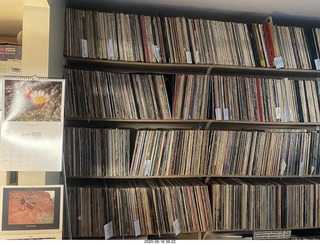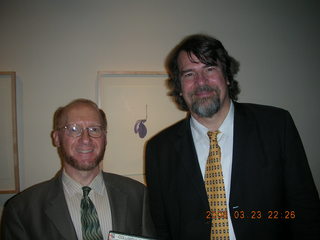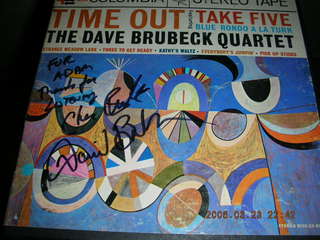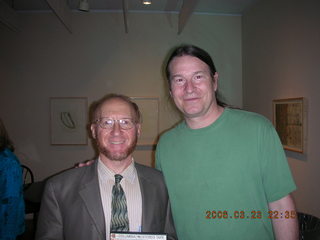




|

|

|

|
Before Brubeck music was generally in a single time signature, maybe four-four, one-two-three-four one-two-three-four one-two-three-four, or maybe a waltz, one-two-three one-two-three one-two-three. Most of the content of music has been melody, counterpoint, and harmony. There were rhythmic themes like Beethoven's Fifth Symphony, da-da-da-dah, and Seventh Symphony with its rhythmic odyssey. More recently syncopation became part of music championed by George Gershwin. Still, with all its rhythmic twists and turns, the time signature of "Fascinating Rhythm" is still four-four, common time.
They tell me Dave Brubeck took a trip somewhere in Africa, heard the musical rhythms of the "dark continent," and produced jazz with interesting and unusual time signatures. It wasn't just changing the downbeats but changes in the global time of the music, five-four, nine-eight, not the usual stuff. His record title "Time Out" refers to this broadening of time signature and the first piece "Take Five" refers to its five-four time.
That's the story I heard as far back as 1977 when I was in college listening to a friend playing his "Blue Rondo à la Turk" on the piano in the dormitory basement and talking about Brubeck in the third person, "here he goes from nine-eight to four-four."
I'm not the only one who feels Dave Brubeck was a critical change in public, popular music. In the movie "Pleasantville" the change from old black-and-white to new color was accompanied by "Take Five."
Fast forward to 2001 June, my total-solar-eclipse trip to Lusaka, Zambia, my first trip to Africa. It was an evening campfire performance with dancers on stilts wearing soft pastel colors.
Lit by the fire the dancers were singing music, wonderful music, fascinating music. It was unlike music I heard before. Music in my experience has been melody, counterpoint, and harmony built on a foundation of rhythm, four-four or three-four or maybe something a little more complicated, rhythm that never changed, or hardly ever. This music had unchanging melody, the same tune over and over, but it was the rhythm that changed, evolved, and defined the journey of the musical experience.
I had a few beers, so I couldn't swear this rhythmic odyssey was full sonata-allegro form with one exposition, another exposition, development, exposition, exploration, conflict, resolution, and denouement, but the story was told in the beat rather than the tune.
This was a truly different audible adventure. If this is what Dave Brubeck heard, then I can easily belief it took him on his own journey to explore rhythm as a musical message and not just a foundation medium.
I haven't heard that music since, so maybe my missing memory is filling in details I didn't actually hear, but that's what I remember from that warm winter night by the campfire in central Africa.
|
17:44:08 Mountain Standard Time (MST). 22 visits to this web page. |